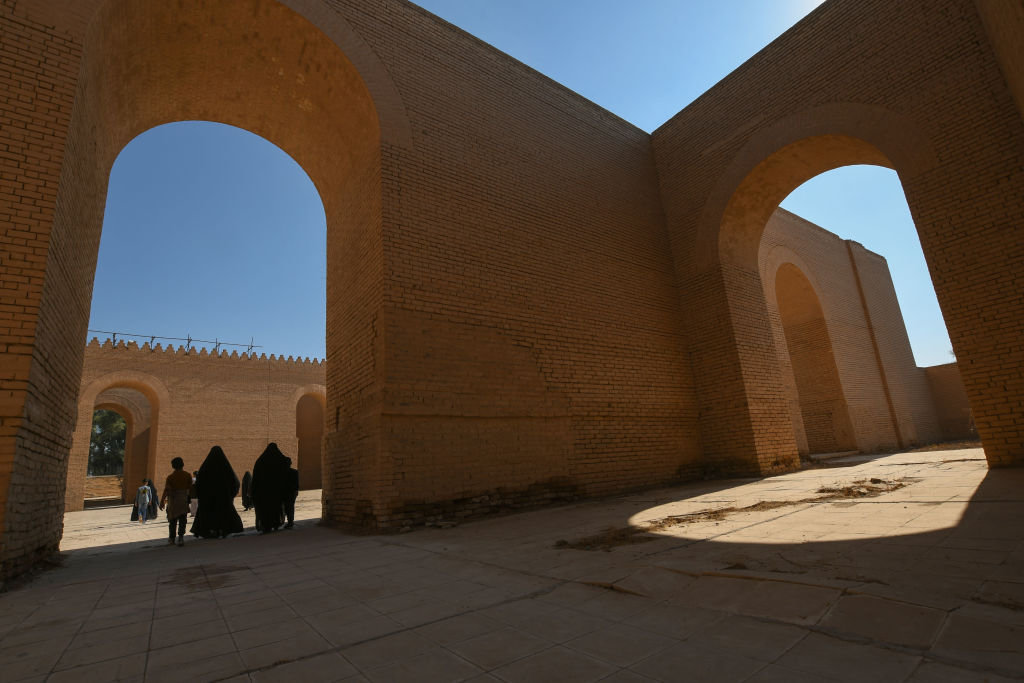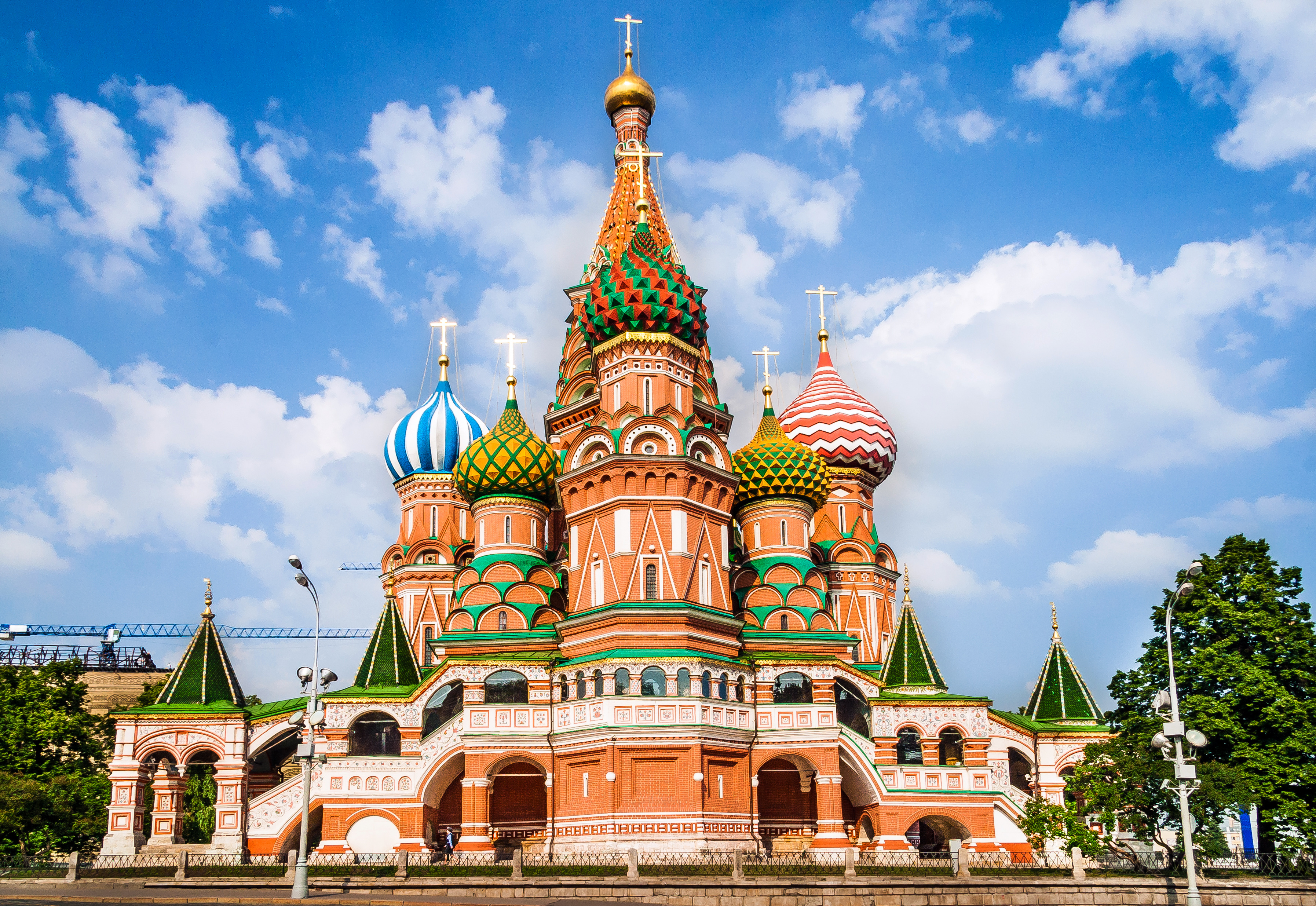In 2019, UNESCO named Babylon a World Heritage Site. Their explanation of why makes a convincing case for it: “The property represents the tangible remains of a multifaceted myth that has functioned as a model, parable, scapegoat and symbol for over two thousand years.” The designation itself was a significant step forward for the Iraqi government, who hoped to increase tourism to the ancient city.
Since then, however, the project of preserving and restoring Babylon has encountered a few bumps in the road. An article by Jane Arraf in The New York Times chronicles the challenges facing archaeologists, historians and preservationists — and the Iraqi citizens who value this piece of their history.
Part of the problem, Arraf explains, stems from colonial-era countries making off with notable structures and architectural features. Other challenges are more recent: the Saddam Hussein-era government used concrete as a preservation tool, which has subsequently damaged the very features it was supposed to protect. A base constructed during the American occupation of Iraq also had ill effects on the ancient structures.
The Times reports that the World Monuments Fund is currently looking into ways to improve Babylon’s condition. And if the people quoted in the article are any indication, there’s an international array of experts who are invested in giving ancient Babylon the restoration it needs — something that’s cause for optimism.
Subscribe here for our free daily newsletter.
Thanks for reading InsideHook. Sign up for our daily newsletter and be in the know.















